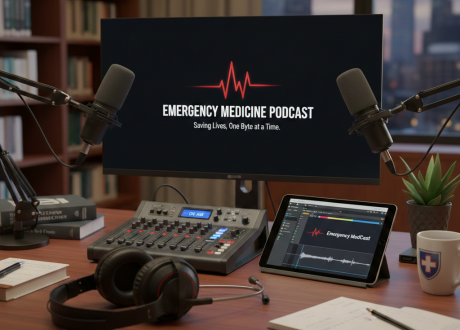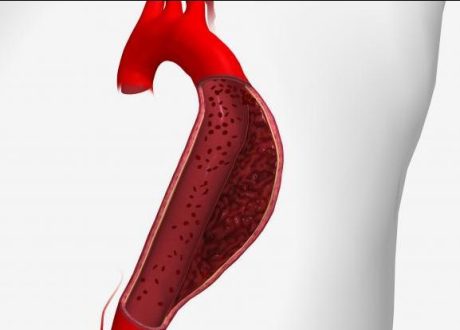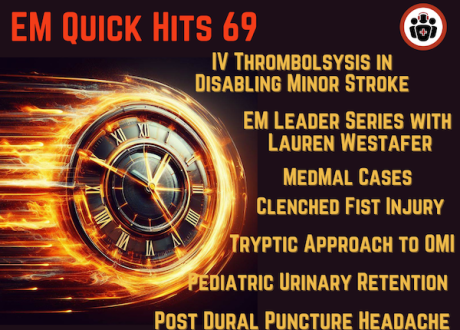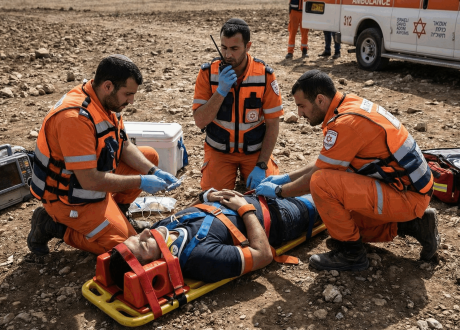June 12, 2024
Written by Carmen Wolfe
![]()
In the setting of pediatric trauma, patients with a seatbelt sign are at greater risk of blunt cardiovascular injury if they have an injury severity score greater than 15, c-spine fracture, basilar skull fracture, or вАЬother motorizedвАЭ (i.e. ATV but not MVC) mechanism of injury.
BCVI is a pain in the neck!
Blunt cerebrovascular injury (BCVI), indicating injury to the carotid or vertebral arteries during blunt trauma, is tricky. Though initial presentations may be asymptomatic, serious complications such as stroke and even death can ensue, making screening for this injury an important consideration in the Emergency Department. Despite evidence suggesting that an isolated seatbelt sign does not predict BCVI, it is still used in some guidelines as an indicator to screen for BCVI. Who among this population is at risk and truly needs a scan?
Investigators conducted a retrospective analysis of all pediatric trauma patients who had a cervical CTA over a twelve year period (n=375). 23% of these patients had a seatbelt sign documented. A univariate analysis evaluated factors in this specific population associated with BCVI, and found significant association with Injury Severity Score > 15, presence of cervical spine fracture or basilar skull fractures, and a motorized mechanism of injury (i.e. a side-by-side ATV as opposed to a traditional MVC).
How will this change my practice?
Previous data suggests that presence of a seatbelt sign shouldnвАЩt equate to automatic scanning in the pediatric patient. This study helps me better risk stratify patients with a seatbelt sign and ensure that I order a cervical CTA when a patient presents with these high risk features.
Source
Risk Factors for Blunt Cerebrovascular Injury in a Cohort of Pediatric Patients With Cervical Seat Belt Sign. Pediatr Emerg Care. 2024;40(5):359-363.








